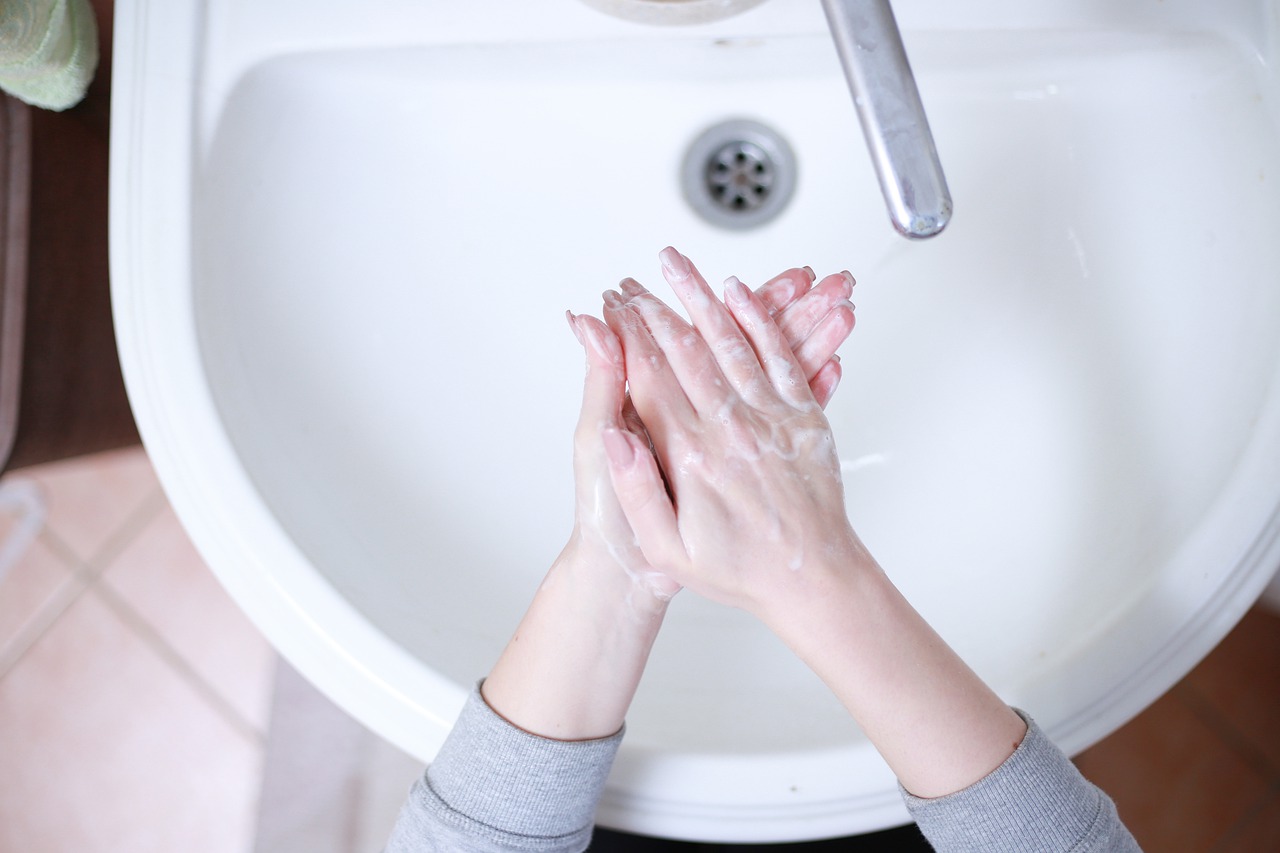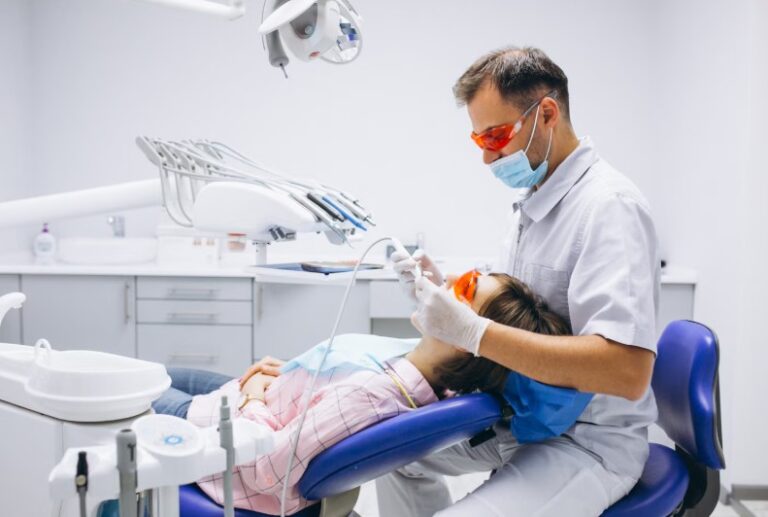
Although research and science have proven that using soap is superior to hand sanitizers in eliminating germs, there are a few benefits to using hand sanitizer, which has been discussed in this article.
Ingredients and Types of Purell Sanitizers Available
Purell, a name brand for hand sanitizers, bought by the Johnson and Johnson Company, is an American brand of hand sanitizers that purposely adds a bitter-tasting component to the sanitizer to ensure that it is undesirable for consumption by adults as well as children. It claims to kill more than 99.99% of germs from your hands. Even though the sanitizer may be able to kill many germs from one’s hands, these generous claims have not been proven scientifically nor approved by any certified scientists or hospitals.
Due to this fact, Purell has been warned by the FDA to get these claims removed, especially during the raging global coronavirus pandemic. Although many other sanitizers contain large amounts of isopropanol, the main component of Purell hand sanitizers is 70% of ethyl alcohol. This makes the ingestion of the sanitizer, especially in larger quantities, near-fatal. Like other sanitizers, the alcohol content in the Purell hand sanitizer makes it flammable.
Purell hand sanitizers are available in a large variety of sizes, quantities, and packaging types. They are available in small pocket-sized sanitizer squeezy bottles, sanitizer spray bottles, sanitizer dispensers, and sanitizer flip-top refill bottles. Some of these include the Purell hand sanitizer is alcohol-based hand sanitizer, bio bi9 herbal advanced hand sanitizerspray bottle, the Purell advanced hand sanitizer, the flip-top bottle Purell hand sanitizer, Purell touch free instant hand sanitizer gel refill, and more.
Advantages of Hand Sanitizers and How it Works?
Waterless hand sanitizer uses its alcohol content and the creation of friction to get rid of the germs from one’s hands. The steps to using hand sanitizer involve the initial dusting off of any visible and larger pieces of dust, dirt, and debris, after which a dime-size amount of the hand sanitizer is applied to one palm. The palms are then rubbed together to spread the sanitizer to all parts of the hands using friction and wait for about 20 seconds so that the palms and fingers absorb all the sanitizer. Although soap is excellent for removing germs and debris, and other organic dirt from one’s hands, sanitizer is only effective in killing germs.
Using hand sanitizers when at work or school or even when out shopping is vital to ensure that all diseases and germs are kept at bay. It reduces the number of people that could potentially fall ill and contract viruses or bacterial infections. Aside from getting a yearly flu shot, being careful where you touch your hands, not touching your face, and using hand sanitizer are other disease and illness prevention methods. Using hand sanitizers is extremely easy, and do not take that much time out of your day. If this mindless task can help keep around 97% of the germs and bacteria away from you, it is essential to practice it daily.
Although the most crucial step is to try and stay away from any contact with others outside your home and from objects outside your home, its inevitability brings in the necessity of the use of hand sanitizers. The alcohol in hand sanitizers ensures that its user maintains proper hygiene even when forced to contact the outside world. Apart from merely keeping your hands clean, it is essential to sanitize any object or product you plan to bring into your germ-free home by sanitizing it using spray sanitizers or disinfectant sprays.
Not only does using hand sanitizer protect you and your family members, but it also prevents the further spread of any disease or bacteria that you may have come in contact with by breaking the chain. It has been proven that students, professors, and company employees make sure to use hand sanitizers about five to six times daily to reduce the possibility of getting sick by about 67%.
Research has shown that aside from the 1 in 5 people who do not regularly wash their hands and maintain hygiene, almost 70% do not use soap to ensure their hands are clean. This further spreads different diseases and germs, such as the coronavirus disease. Keeping hand sanitizers in public places such as shops, schools, airports, and bathrooms is essential to ensure that more people use the sanitizer to support themselves and those around them safe. When washing your hands is not an option, using hand sanitizers for about 20 to 30 seconds is a similarly effective alternative to two minutes of handwashing.








